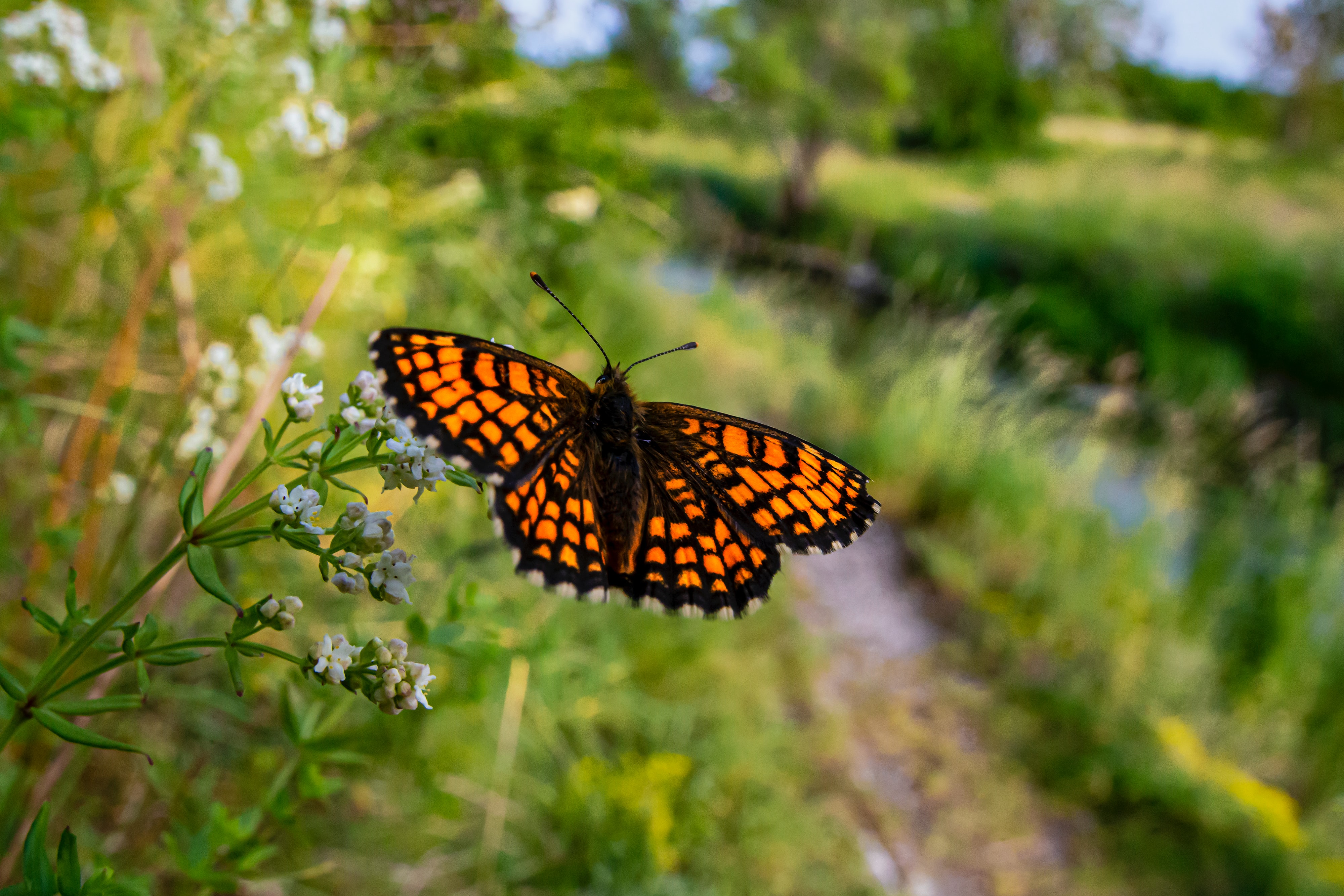“No Mow May” Movement Wants to Protect Spring Habitats of Local Pollinators
It’s Only Natural
By Kelly Kandra Hughes
The Norfolk Conservation Commission, the Church of Christ and the Land Trust have a request this coming May: Please don’t mow your lawn! The initiative known as “No Mow May” is a growing movement across the United Kingdom and the United States. The reason behind it is simple—not mowing your lawn creates better habitats and forage areas for early spring pollinators.
In Norfolk, many of our pollinators are local and winter over here. For example, the fritillary butterfly spends the winter as a caterpillar living in lawn debris such as leaves and dead grasses. When violets grow early in the spring, the fritillary caterpillar is ready to feed on them. Mowing down the violets in May essentially wipes out those caterpillars and reduces the number of viable pollinators. Without adequate numbers of pollinators, crops can’t grow. “We want to encourage the adoption of No Mow May,” says Norfolk Conservation Commission member Susannah Wood, “and [we’re] asking the town to also refrain from mowing roadsides in May. The commission is making the health of pollinators a major focus for 2022.”

The Church of Christ sees No Mow May as an excellent way to practice stewardship at a local level. Recently certified as a Level 2 Green Congregation by the Southern New England Conference of the United Church of Christ, the church will forgo all lawn mowing for the month of May, and it will be asking congregation members to do the same. “We continue to seek creative ways to care for the planet as an expression of faith,” says Pastor Erick Olsen. “No Mow May is a win-win, with reduced emissions from lawnmowers as well as nurturing early pollinators. I am thrilled that we are taking part.”
Heather Thomson, who is a member of the church, is gearing up for her family’s second year of participation in No Mow May. “Our excuse for soil around the house is mostly clay, so I wasn’t expecting much, but we decided to give it a go last year. I was astounded by the profusion of tiny wildflowers. Now I’m researching pollinator-friendly plantings and have started talking about beehives.”
For anyone who may be reluctant to commit to No Mow May, there are levels of participation. For some yards, lawns serve as areas for recreation or relaxation. A good question to ask is, Where do I need lawn?Those areas can be mowed as usual, and then people can commit to not mowing around edges or other areas. Another option is to mow high at four or five inches.
“We hope everyone in Norfolk commits to some level of No Mow May,” says the Land Trust’s outreach committee. “It’s such an easy way to do meaningful conservation work. It also gives you more time to get out and enjoy some of our trails.”
To learn more about No Mow May, go to beecityusa.org/no-mow-may. Printable signs identifying your lawn as a No Mow May lawn can be downloaded at xerces.org/publications/other/no-mow-may.

